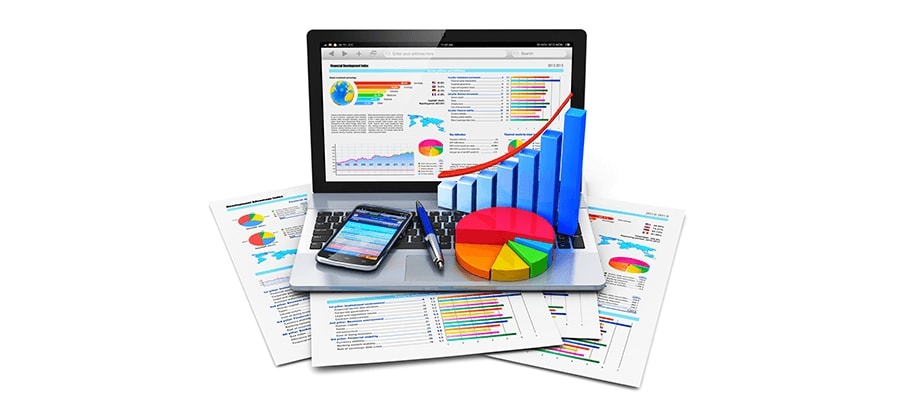ERP projects can potentially touch every part of the business, and even the ones that are limited in scope have a dramatic effect and touch virtually every part of the business in some form.
When you are early in the planning stage, and when speaking with experienced sales representatives who have seen first-hand how dozens and hundreds of ERP implementations have transformed organizations on dramatically positive ways, you will be exposed to a variety of ideas on how to improve your business.
It is easy to let these ideas cloud your objectives. At the same time, if you are going to disrupt your organization, you want to be sure that you are getting the most out of this disruption.
This is why understanding the scope of change early in a project is important. It lets you get the most out of the disruption, without letting the project get off track changing things that you never meant to change.
Dimensions of Change
One way of understanding the scope of change in an ERP project is to use the Dimensions of Change Model that we introduced in the Thinking about ERP book.
The Dimensions of Change model divides change in ERP projects into three different classes:
- People
- Technology
- Business processes
ERP projects touch every part of the business in some form. So change is going to happen to all three classes.
But you are undertaking the ERP project for a reason which gives the project an objective. This primary objective helps you define which dimensions are in the scope of change and then embark on the project expecting to freely change the dimensions that are in scope while minimizing the effects on other dimensions.
For example, SYSPRO customer Alpine Confections was happily running a regular accounting suite until 1998 when their accounting software provider was sold. They became dissatisfied with support and went to market.
This implementation could have easily been just a single dimension project. They needed new technology and they had a list of requirements
Alpine decided to take this opportunity to add process improvements. Their growing product line required streamlined operations and they continue to refine their processes to this day.
The dimensions of change approach allows as much freedom as necessary to meet your goals and then restricts freedom where it is not necessary.
This approach helps keep ERP projects focused, on time and under budget, while letting you explore business benefits that you may not have previously considered and get the maximum business benefit for your investment with the minimum of disruption.
For a deeper look at Dimensions of Change in ERP projects, as well as other advice when planning, implementing and operating ERP, download the Thinking about ERP ebook.






